Lord Dalhousie 1848-1856
Lord Dalhousie 1848-1856
- Shifted the headquarters of Bengal Artillery from Calcutta to Meerut
- Simla was made the permanent headquarters of the army & summer capital
- Formation of Gurkha regiments took place in his reign
- Youngest Governor General of India (36 Years), & also known as
- Father of Indian Telegraph
- Father of Indian Railways
- Father of Indian Postal system
- Father of Indian Engineering Services
- Maker of modern India
- Followed Policy of Annexation viz.
- Annexed Burma via. Second Burmese War
- Annexed Avadh > Offended Muslims & Indian Soldiers (Mostly from Avadh)
- Doctrine of Lapse
- Annexed Punjab (2nd Anglo Sikh War)
Doctrine of Lapse
- This policy was based on difference in principle b/w right to inherit property & right to govern.
- Alliance King without heir cannot adopt an heir for kingdom.
- Lapsed Satara, Jaitpur and Sambhalpur, Udaipur, Nagpur, Jhansi, & Awadh in given order
- Annexed states were monitored by chief commissioners with introduction of centralized control called non-regulation system for modern centralized states
Reforms & Developments
| Telegraph |
|
| Railway |
|
| Postal System | Laid down foundation of Modern postal system in 1854 with introduction of postal stamps → Postal system started in 1837) |
| IES |
|
| Social & Educational |
|
Woods Dispatch, 1854
- In 1854, Charles Wood prepared a dispatch on an educational system for India.
- Considered as “Magna Carta of English Education in India”
- This document was the 1st comprehensive plan for the spread of education in India.
- Asked the Government to assume responsibility for education of the masses, thus repudiating the ‘downward filtration theory’, at least on paper.
- Systematised the hierarchy from vernacular primary schools in villages at bottom, followed by Anglo-Vernacular High Schools and an affiliated college at the district level, and affiliating universities in the presidency towns of Calcutta, Bombay and Madras.
- Recommended English as the medium of instruction for higher studies and vernaculars at school level.
- Laid stress on female and vocational education, and on teachers training.
- Laid down that the education imparted in government institutions should be secular.
- Recommended a system of grants-in-aid to encourage private enterprise.
Charter Act 1853
- Further addition of 6 members to GG council making it a body for legislative purposes.
- 6 members were CJI + sitting judge of SC + 4 representatives from NWFP, Bombay, Madras, Bengal > Addition of local presidencies representation in central legislative council)
- Indian civil services became the open competition & Macalay was made chairman of Indian civil services committee.
⚔️ Expansionist Policies (Doctrine of Lapse)
-
Introduced Doctrine of Lapse:
-
Indian princely states without a natural heir were annexed by the British.
-
Notable annexations:
-
Satara (1848)
-
Jhansi (1853)
-
Nagpur (1854)
-
Awadh (1856) (on grounds of maladministration)
-
-
-
Annexation of Punjab (1849) after the Second Anglo-Sikh War
🛡️ Administrative Reforms
-
Introduced centralized governance and civil services reforms
-
Established the Public Works Department (PWD)
-
Reorganized postal, telegraph, and police services
-
Started first Railway line (1853) between Bombay and Thane
🚢 Infrastructure Development
-
Boosted railways, roads, telegraphs, and postal networks
-
Started Grand Trunk Road extension
-
Established telegraph lines connecting major cities
🎓 Educational Reforms
-
Implemented Woods Despatch (1854):
-
Laid foundation of modern education system
-
Promoted English as medium of instruction
-
Established universities in Calcutta, Bombay, and Madras (1857)
-
🔥 Social Reforms
-
Supported suppression of Sati, female infanticide, and Thuggee
-
Legalized remarriage of Hindu widows (1856) through the Hindu Widows’ Remarriage Act
📜 Significance
-
His policies sowed the seeds of resentment among Indians, which later contributed to the Revolt of 1857
-
Known for modernization with imperial intentions
For more updates, explore the Ancient India History. Feel free to share your thoughts and comments.
If you’re passionate about building a successful blogging website, check out this helpful guide at Coding Tag – How to Start a Successful Blog. It offers practical steps and expert tips to kickstart your blogging journey!
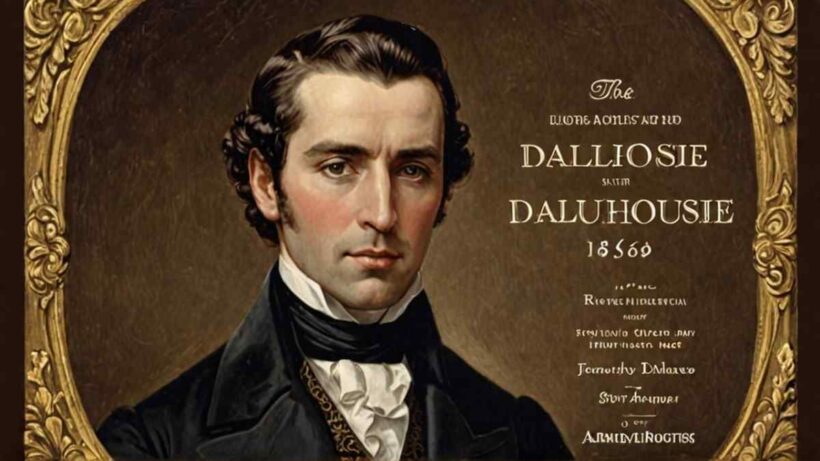


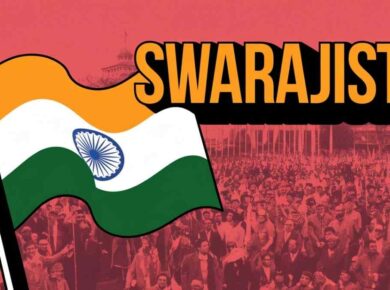
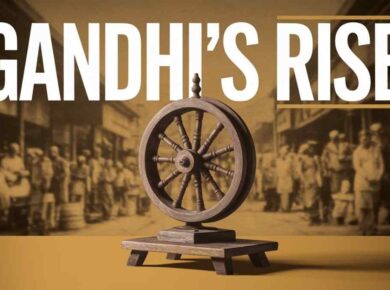
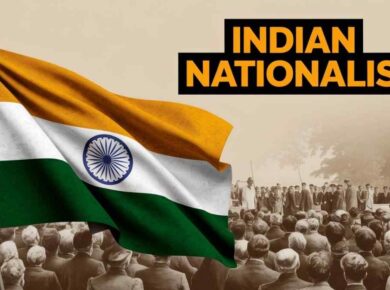
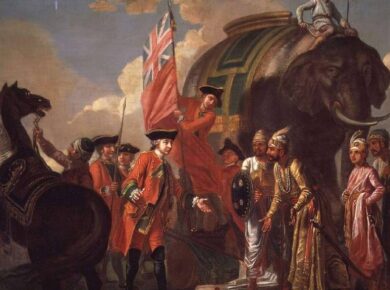
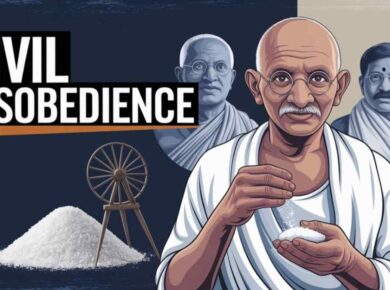
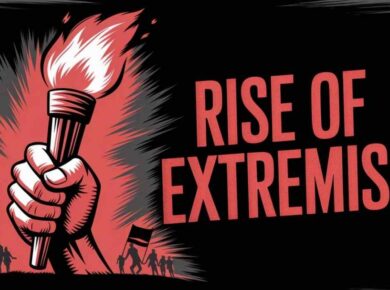
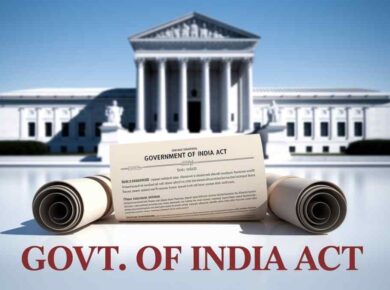
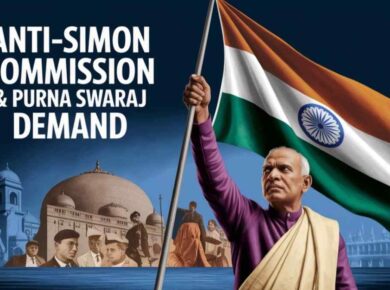
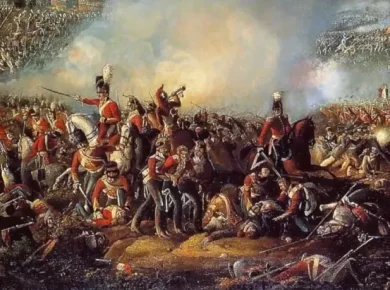
1 comment
thankyou very much to share the knowledge.